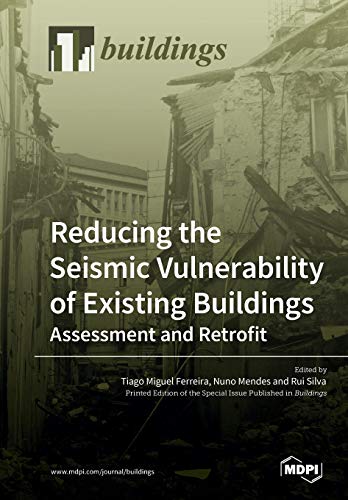

Most ebook files are in PDF format, so you can easily read them using various software such as Foxit Reader or directly on the Google Chrome browser.
Some ebook files are released by publishers in other formats such as .awz, .mobi, .epub, .fb2, etc. You may need to install specific software to read these formats on mobile/PC, such as Calibre.
Please read the tutorial at this link: https://ebookbell.com/faq
We offer FREE conversion to the popular formats you request; however, this may take some time. Therefore, right after payment, please email us, and we will try to provide the service as quickly as possible.
For some exceptional file formats or broken links (if any), please refrain from opening any disputes. Instead, email us first, and we will try to assist within a maximum of 6 hours.
EbookBell Team

0.0
0 reviewsDevastating seismic events occurring all over the world keep raising the awareness of the scientific, technical and political communities to the need of identifying assets at risk and developing more effective and cost-efficient seismic risk mitigation strategies. Significant advances in earthquake engineering research have been achieved with the rise of new technologies and techniques with potential use in risk assessment, management and mitigation. Nevertheless, there is still much to be done, particularly with regard to existing buildings, most of them built without anti-seismic provisions. The wide variety of construction and structural systems, associated with the complex behaviour of their materials, greatly limit the application of current codes and building standards to the existing building stock. To tackle this issue, there is a fundamental need for developing multidisciplinary research that can lead to the development of more sophisticated and reliable methods of analysis, as well as to improved seismic retrofitting techniques compliant with buildings conservation principles. This book intends to contribute to the aforementioned goal by stimulating the exchange of ideas and knowledge on the assessment and reduction of the seismic vulnerability of existing buildings. 10 high quality contributions authored by international experts from Italy, Portugal, Morocco, Nepal, Czech Republic and Spain are included herein. All contributions pursue the protection of existing buildings by considering the most updated methods and advanced solutions emerging from different fields of expertise.